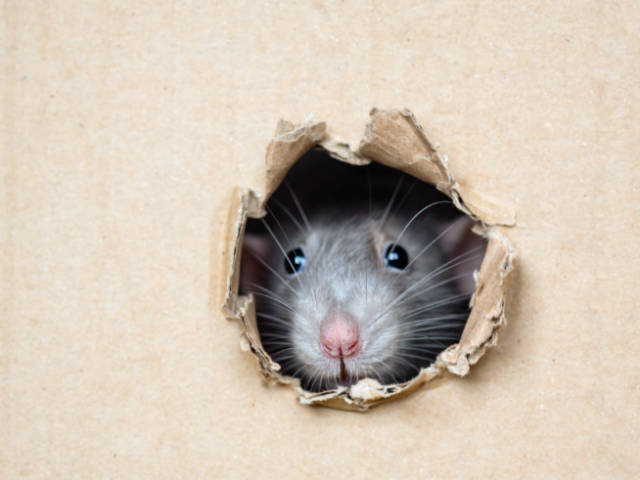Rats, which are smart and can change quickly, have lived with people for a long time, but their presence poses serious health risks. A rat infestation can cause the spread of many diseases, so it’s important for homes to know about the health risks that come with these pests. In this piece, we’ll talk about the diseases that rats carry and why it’s important to know the health risks that come with having rats around.
Leptospirosis:
Leptospirosis is one of the worst diseases that rats can spread. The bacteria Leptospira, which can be found in rat urine, messes up dirt and water. People can get this disease by coming into close contact with contaminated water or soil or by eating or drinking contaminated food or drinks.
Leptospirosis can cause mild to serious symptoms, such as fever, chills, headaches, muscle pain, and vomiting. In the worst cases, it can cause the kidneys and liver to stop working, and in rare cases, it can even cause death. People who might have leptospirosis need to see a doctor right away.
Hantavirus:
Another dangerous disease that rats spread is called hantavirus. The virus is found in the saliva, urine, and poop of infected rats, and it can be breathed in when dry particles get into the air. Hantavirus can also be spread to humans by coming into close contact with sick rats or their waste.
Hantavirus Pulmonary Syndrome (HPS), a serious illness of the lungs, can be caused by a Hantavirus infection. Early signs, like fever, sore muscles, and tiredness, are similar to those of the flu, but it can quickly become very hard to breathe. HPS can be deadly, so it’s important to get medical help right away if you’ve been around rodents that might be infected.
Salmonellosis:
Salmonella is a group of bacteria that makes people sick with salmonellosis. Rats carry Salmonella. Most of the time, this bacterial infection is spread by eating or drinking contaminated food or water, or by touching objects that have been contaminated with rat feces.
Salmonellosis can cause diarrhea, stomach pain, fever, and throwing up. Even though most people get better without medical help, people with serious cases, such as the elderly, young children, and people with weak immune systems, may need to stay in the hospital.
The Rat-Bite Virus:
As the name says, people get rat-bite fever (RBF) from rat bites, scratches, or from handling infected rats. This bacterial illness, which is caused by Streptobacillus moniliformis or Spirillum minus, can also be spread by eating or drinking something that is contaminated.
RBF causes fever, chills, headache, muscle pain, and a rash around the bite or scratch wound. If you don’t fix RBF, it can lead to more serious problems with your heart, joints, and brain.
Plague:
The plague, which is caused by the bacteria Yersinia pestis, is rare in modern times, but rat infestations still pose a risk. Fleas that live on rats can carry the bacteria and give it to people when they bite.
Plague can cause fever, chills, headaches, and swollen lymph nodes. In serious cases, it can also cause pneumonia and blood infections. Anyone with symptoms that look like the plague needs to see a doctor right away.
Because rats carry diseases, having too many of them around can be very dangerous to your health. Homeowners need to know about the possible health risks, such as leptospirosis, hantavirus, salmonellosis, rat-bite fever, and the plague, in order to prevent and get rid of rat infestations.
Effective ways to get rid of pests, like closing off entry points, keeping things clean, setting up traps, and using rodenticide bait stations, can help prevent rat infestations and keep your family healthy. Regular inspections, early discovery, and getting help from a professional when needed are all important ways to make sure your home is safe and free of rats. Homeowners can protect their health and well-being from the risks posed by these smart and adaptable rats by staying informed and taking action.



